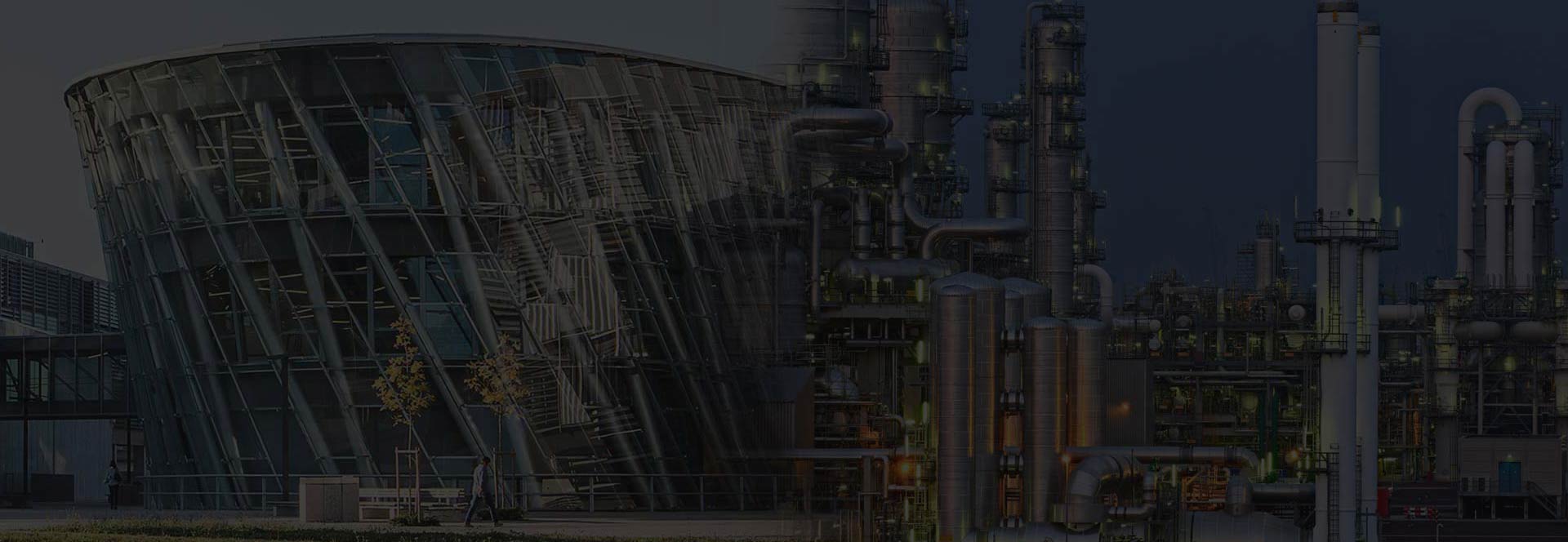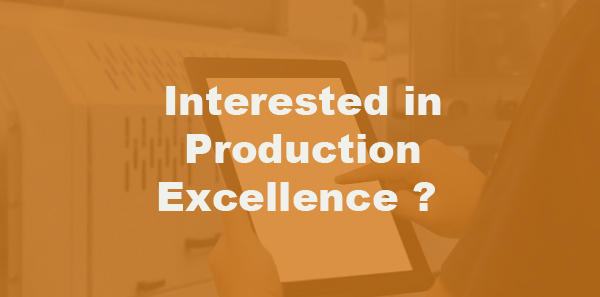According to a McKinsey study, around 80% of machines and devices in manufacturing represent isolated automation islands that do not communicate with each other or share locally stored data. This lack of connectivity reduces real-time visibility into production processes and hinders rapid response in the event of discrepancies. At the same time, it complicates the conversion of process data into usable information across various areas, including process stabilization, optimization, quality enhancement, compliance assurance and establishing comprehensive traceability, among others. This results in manual entries of process data into IT systems that generate production reports (e.g. MES), along with all the associated flaws. Therefore, it can be said that the disconnection of systems is one of the key challenges in modern manufacturing.
The solution to this weakness, which significantly impacts the production efficiency of industrial companies, is the concept of IT/OT integration – the process of converging operational technologies (OT) and information technologies (IT), bridging the physical and digital worlds. It enables companies to better manage production systems and facilities, respond more quickly to changes, optimize resource utilization and consumption, and enhance security.
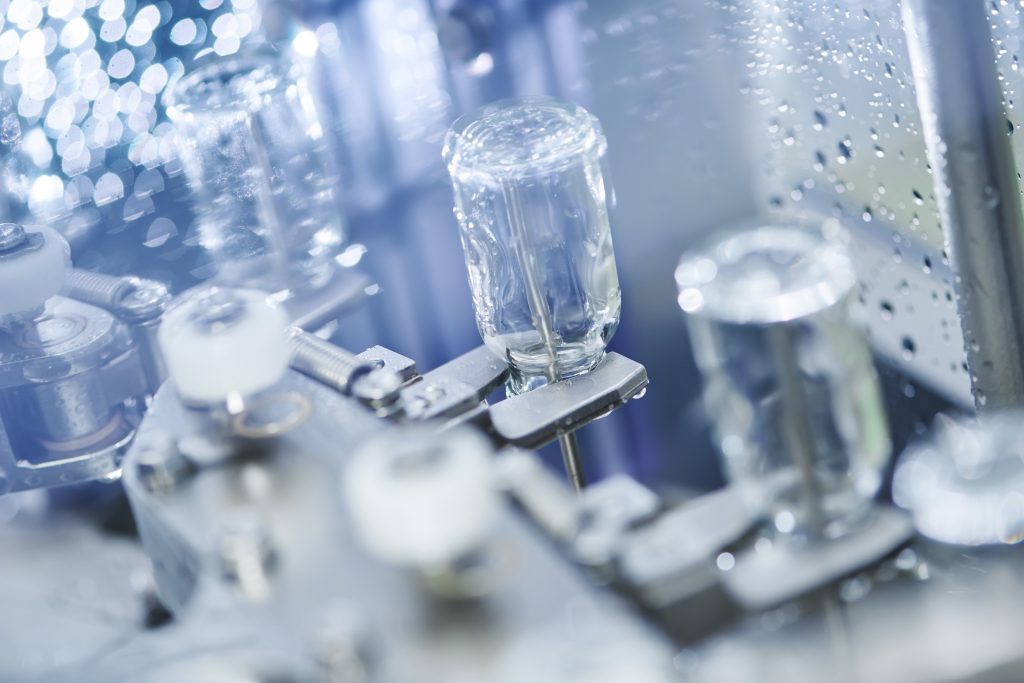
What are OT and IT?
Operational technologies (OT) are designed to control and operate machinery and other production equipment. They have been in use since the advent of industrial electronics and automation.
As mentioned, in traditional setups, automation systems of different production islands are often not connected and thus the operators are responsible for local setup and management of production systems and data. This approach disrupts the flow of process information and has several drawbacks, mainly associated with human factors (e.g. errors and time consumption) and data integrity.
Information technologies (IT) encompass computer networks, hardware and software that are used to retrieve, store and process data to manage production processes. In the context of manufacturing, one of the key IT systems is the Manufacturing Execution System (MES).
What are the key benefits of IT/OT integration?
The term IT/OT integration refers to the convergence of operational technology (OT) and information technology (IT) into a unified environment where production control and management are based on a two-way flow of information. In this setup, operational systems/machines receive process parameters and their prescribed boundaries from the IT environment and, once the production step concludes, return (process) data for reporting and analytic purposes.
Such integration brings many benefits:
More efficient production processes. Bidirectional connectivity between the two worlds allows better control and management of production processes and systems, leading to increased efficiency by reducing the time, energy and resources needed for production activities (including support processes such as maintenance). In addition to time savings, the reduction in manual inputs also results in fewer human errors.
Increased flexibility. Companies become more adaptable and capable of responding quickly to regulatory requirements and changes in the market and the business environment in general, which is especially advantageous in dynamic industrial sectors.
Higher quality of products and services. Better management of operational processes ensures higher product quality, leading to increased customer satisfaction and strengthening the reputation of manufacturers.
Improved traceability and data integrity. OT and IT integration improves product and process traceability, which is important for compliance with regulations and standards.
Better decision-making. Integrating data from operational technologies (OT) with information technologies (IT) provides comprehensive and high-quality information for making better business decisions.
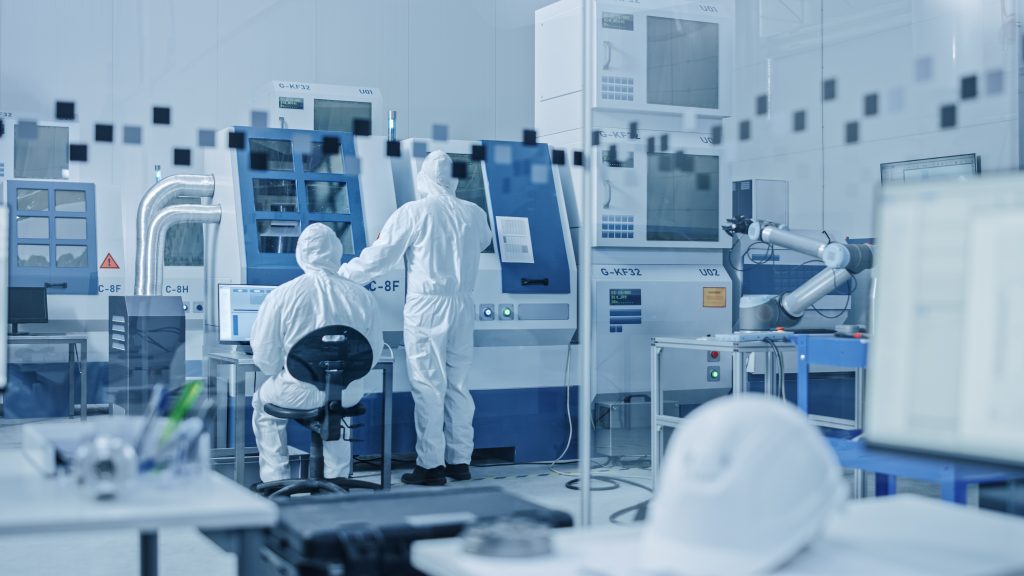
What are the main challenges of IT/OT integration in manufacturing?
Despite its many benefits, IT/OT integration requires proper planning, investment and security considerations, as new risks can arise when integrating operational and IT technologies.
Connectivity. Existing production equipment is often not adapted for connectivity to the information network (physical connectivity), including supporting bidirectional data exchange principles (logical connectivity). IIoT technology can help to collect and transmit data to the IT environment and receive and transmit commands to control production systems over wired or wireless networks. For this purpose, IT systems also need to be capable of processing the received data into useful information.
Training. IT/OT integration requires a shift in mindset and the merging of two traditionally separate worlds. Manufacturing professionals need training to understand IT, while IT professionals need a better understanding of manufacturing processes to establish trust and effectively utilize mutual knowledge.
Security. Separate operational and IT technologies reduce the risk to production facilities. However, by combining them, production is exposed to cyber threats. Therefore, security planning and appropriate safeguards are important to ensure operational security and production stability.
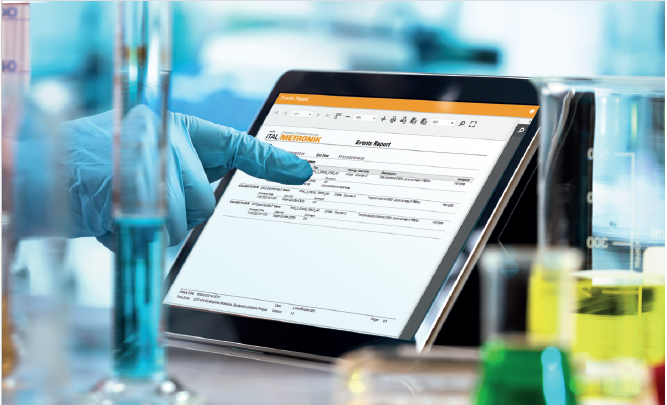
How can Metronik help you?
IT/OT integration is part of the digital transformation of manufacturing and the Industry 4.0 concept, areas that Metronik has been involved in for many years.
Our key solutions in this area include:
- MePIS UDG as a universal data connector for bidirectional exchange of (process) data between the physical and digital environments
- MePIS LS as a Manufacturing Execution System for Life Science, which integrates the shop floor with the IT environment, enabling the management of production processes and data
- MePIS RM as a central production parameter/recipe management tool and MePIS PDM as a manufacturing process data management tool. They can function as middleware for IT/OT integration with any MES system, not just Metronik’s system
In addition to our extensive engineering team with broad expertise, we have gained valuable practical experience from executing many successful projects. We have integrated IT/OT environments in more than 20 pharmaceutical production facilities, providing bidirectional connectivity to more than 200 different machines, systems and devices.
If you are interested in learning how IT/OT integration can contribute to production efficiency in your company, you can contact Dr. Saša Sokolić, Director of Marketing and Sales, at sasa.sokolic@metronik.si.


